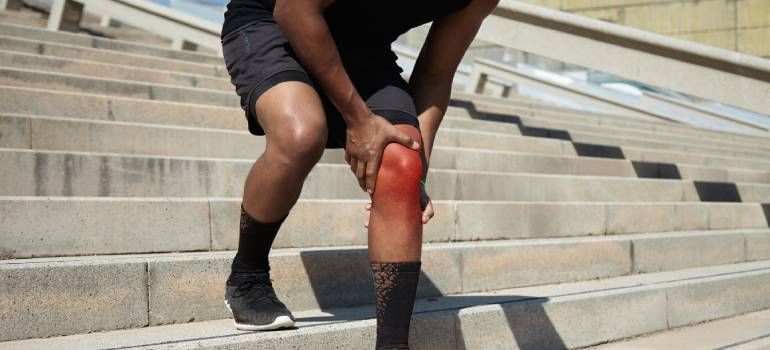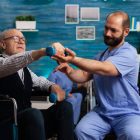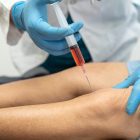It’s a prevalent misperception that arthritis exclusively affects the elderly. Children, too, might experience joint pain, oedema, and stiffness. Juvenile idiopathic arthritis, the most frequent type of arthritis in children under 16, affects almost 300,000 youngsters. While the illness is most common in young teenagers, it is still quite uncommon, affecting just about one child in every 1,000.
Juvenile idiopathic arthritis causes persistent joint pain, stiffness and swelling; some children also experience symptoms only for a year, while others might face it for a longer amount of time. Many kinds of juvenile arthritis can cause severe complications like joint damage, inflammation in the eye, growth problems. Treatment for juvenile idiopathic arthritis starts with pain control, inflammation, improving function and preventing injury.
Symptoms
The most common symptoms of juvenile idiopathic arthritis are as follows.
- Pain: Children mostly don’t complain about joint pain; you may notice they limp — in the morning or after waking up.
- Swelling: Joint swelling is very common but is often first seen in larger joints such as the knee.
- Stiffness: You might notice that your child appears clumsier than usual, particularly in the morning or after naps.
- Fever, swollen lymph nodes and rash: In some cases, high fever, swollen lymph nodes or a rash on the trunk may occur — which is usually worse in the evening.
Diagnosis
After analysing an ordinary health history and normal x-rays, the illness is diagnosed through a series of exclusions. In addition, laboratory tests can help confirm the diagnosis. However, blood tests can be a way to figure out the cause of such kind of arthritis. Some of the blood tests that are considered a diagnosis process are.
Sedimentation rate of erythrocytes (ESR): The sedimentation rate refers to how quickly your red blood cells settle to the bottom of a blood tube. A high rate might indicate inflammation. The ESR is primarily used to assess the severity of inflammation.
CRP stands for C-reactive protein: This blood test, like the ESR, detects general inflammation levels in the body, but on a different scale.
Antinuclear antibody: is an antibody that attacks the nucleus. Antinuclear antibodies are proteins that the immune systems of persons with autoimmune illnesses, such as arthritis frequently create. They’re a sign that you’re more likely to get eye irritation.
Rheumatoid factor is a protein that causes rheumatoid arthritis: This antibody is sometimes identified in the blood of children with juvenile idiopathic arthritis. It could indicate a higher risk of arthritis damage.
A citrullinated peptide with a cyclic structure (CCP): The CCP is an antibody that can be discovered in the blood of children with juvenile idiopathic arthritis, similar to the rheumatoid factor, and may suggest a higher risk of harm.
Treatments
A paediatric rheumatologist will most likely treat a child with juvenile arthritis. This doctor specialises in treating children with arthritis and other musculoskeletal problems.
Juvenile arthritis treatment aims to minimise swelling, keep damaged joints moving freely, and relieve discomfort. Because complications such as joint contracture, soft-tissue injury (such as tendons), and joint issues can occur with juvenile arthritis, any treatment plan will diagnose, treat, and prevent complications.
Non- surgical treatment: Medication is the most crucial aspect of any juvenile arthritis therapy regimen. Certain medicines may be required for several years until your child’s juvenile arthritis is no longer active. After joint pain, swelling, and warmth have subsided, your child’s doctor will decide when it’s time to stop taking the drugs.
Therapy: Muscle tone can be maintained by exercise. It also aids in the preservation and restoration of joint range of motion and function. Your doctor might recommend a physical therapist to construct a suitable exercise regimen. It is critical to strike a balance between activity and rest.
Although the pain might limit sports and physical activity, children with juvenile arthritis can typically completely participate when symptoms are under control. Swimming is a great exercise since it works a lot of joints and muscles without putting any weight on them. Splints and other devices can assist maintain joint alignment in some circumstances.





